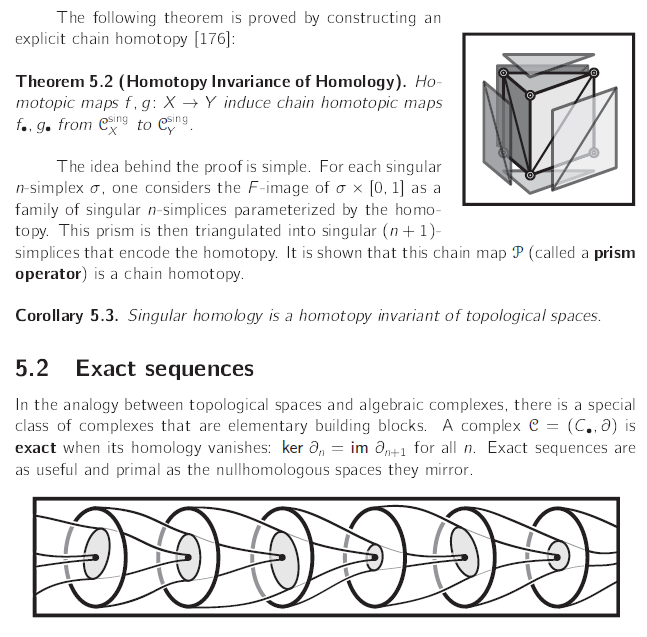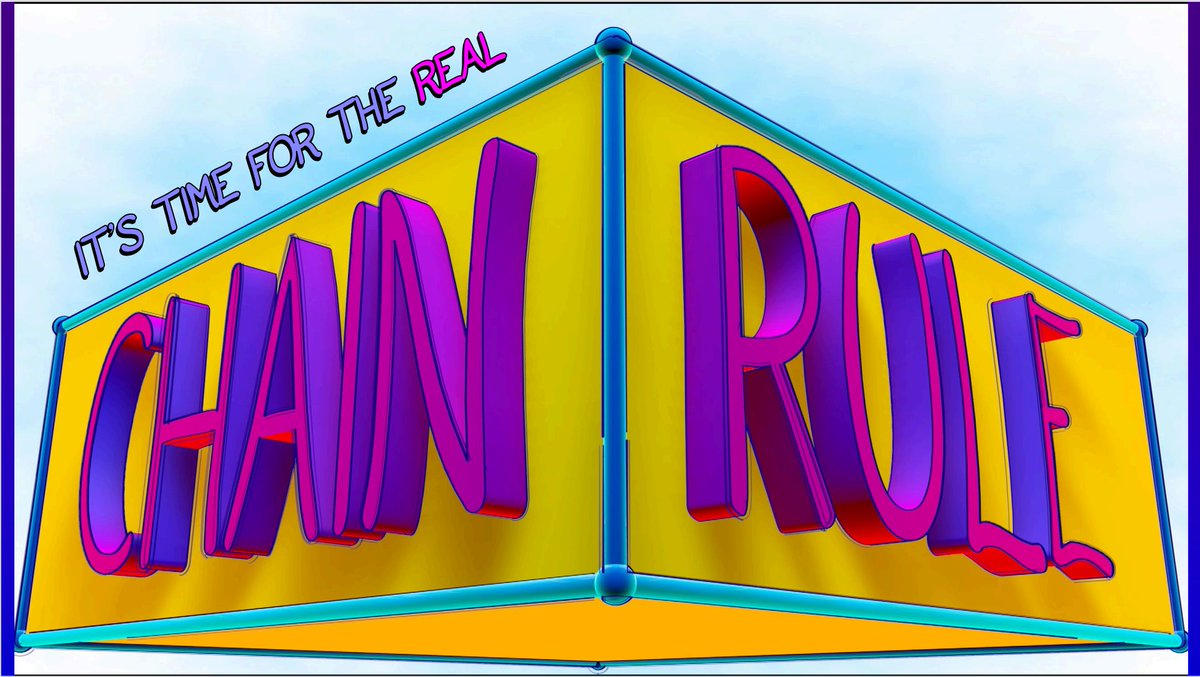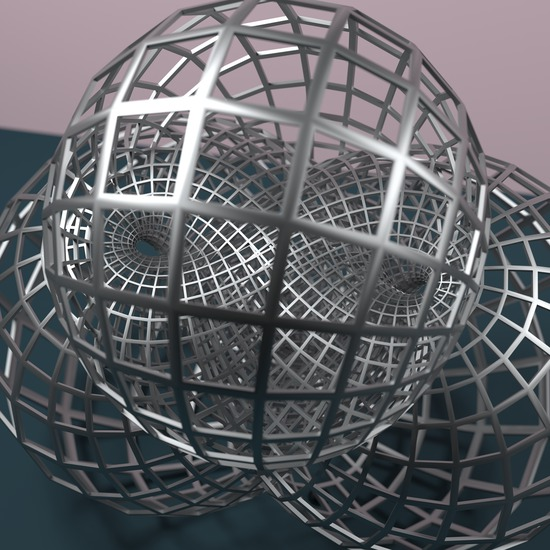
@Penn mathematician; engineer; educator;
assoc. dean of undergraduate education @PennEngineers;
illustrator; animator; e/acta non verba
4 subscribers
How to get URL link on X (Twitter) App


 this is a weird 300-page book, written in a weird manner.
this is a weird 300-page book, written in a weird manner. 

 2/
2/



https://twitter.com/robertghrist/status/16988397078014977932/ the title page & the back cover carry an iconic stylized pomegranate, with some motion induced on what looks like half-a-dozen seeds? hmmm… that reminds me of something…


 2/ i wanted the book to have a lot of pictures – at least one per page on average – and i wanted the pictures to be the exercises. each picture is a puzzle, and if you understand the picture, then you have solved the exercise & understand something.
2/ i wanted the book to have a lot of pictures – at least one per page on average – and i wanted the pictures to be the exercises. each picture is a puzzle, and if you understand the picture, then you have solved the exercise & understand something. 

 2/ this builds on previous investigations into level sets of scalar fields -- a topic for which my students often struggle to grasp the notation & motivation...
2/ this builds on previous investigations into level sets of scalar fields -- a topic for which my students often struggle to grasp the notation & motivation...
 2/ my students all remember how to use the chain rule "by hand", even if writing out / explaining the principle takes more thought. we start off discussing composition and what it means for functions and rates of change...
2/ my students all remember how to use the chain rule "by hand", even if writing out / explaining the principle takes more thought. we start off discussing composition and what it means for functions and rates of change... 

 i have been doing art & animation for my research & teaching for years & have been convinced that this is the future of imaginative thinking & teaching... but it's hard & has a high learning curve...
i have been doing art & animation for my research & teaching for years & have been convinced that this is the future of imaginative thinking & teaching... but it's hard & has a high learning curve...

